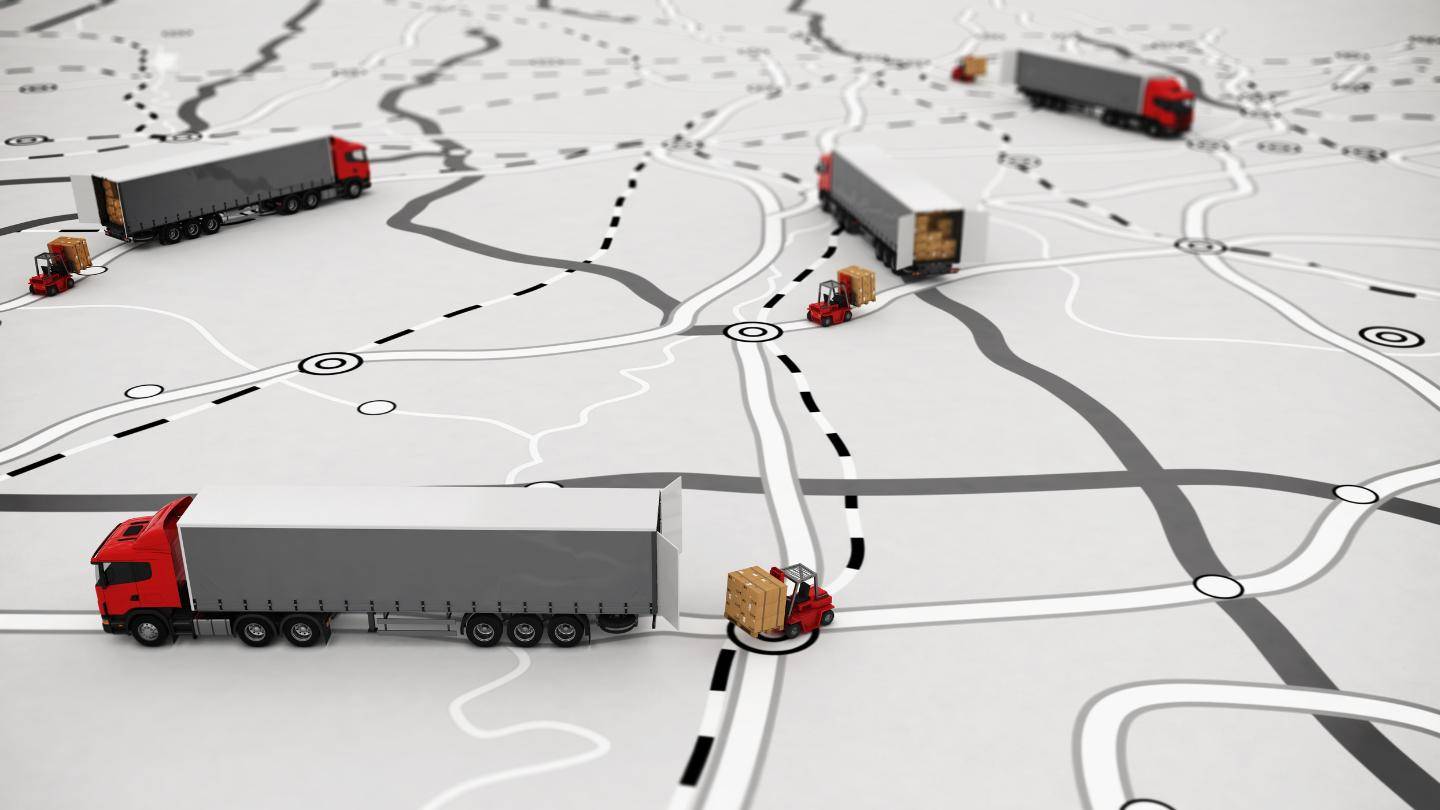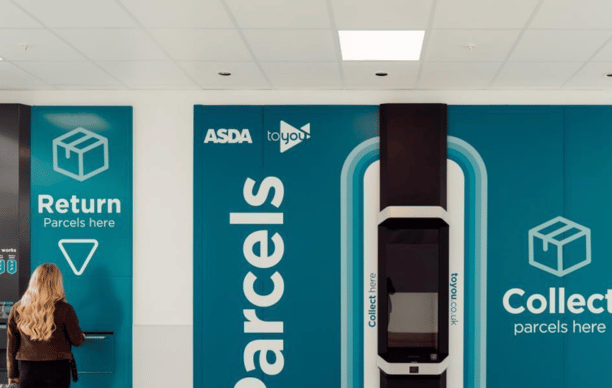Managing a business means spending a lot of money – so adding asset tracking to your outgoings may not be high on your priorities.
But have you ever stopped to think:
Am I aware of every asset I own?
Do I know where they are each located?
If not, you could be missing a trick.
According to Assetspire, 43% of small businesses fail to track assets efficiently, either not tracking at all or using manual methods such as spreadsheets.
So what are the main benefits of asset tracking technologies and how can it be used in your business?
Minimise product loss
For decades, product loss was a natural part of operating a supply chain – not just occurring due to human error, but also through theft and bad luck.
If a company loses 0.1% of stock, this may seem minor – but it can account for £millions in both the loss of assets and the time it takes to correct the mistake.
Using capable asset tracking software with integrated technology means you know where and when items or pallets went missing. You can either recover them or adapt your logistics to avoid it from reoccurring.
This helps decrease your Total Cost of Business (TCOB).
Even when products do get lost, it will have much less of an impact on your bottom line.
Efficient planning
When you track assets, you get access to data that can help you create schedules that work for your teams – whether on the road or in the warehouse.
Knowing where your products are, where they’re expected to be, and when they’re expected to be there lets you know what to plan for – not just for the next day, or the next week, but for months ahead.
Asset tracking allows you to collect location data at any point of distribution and share it with retailers and manufacturers for a clearer supply chain.
Plus, once your company’s asset tracking systems are set up and your team are fully trained, you’ll see just how much time and energy is saved.
Asset tracking allows you to bypass tedious tasks, leaving you free of stress and available to get on with the rest of your work.
Quick responses
Data isn’t just useful for your managers and supervisors in the planning process. Tracking your assets means you can quickly respond to any issues within your supply chain, such as breakdowns, accidents, traffic or road closures.
It enables you to manage your logistics from the top down, knowing that any issues can be dealt with efficiently. If you’re looking to improve your supply chain, your tracking processes are key to stamping out inefficiencies.
Retrieving information can take plenty of time. In fact, Assetspire’s report suggests that 80% of employees waste half an hour a day retrieving information, meaning weeks are wasted across the course of a year.
Asset tracking drastically speeds up these processes, freeing your team up to complete the rest of their work.
Now we’ve explained the key benefits, let’s share the three main methods of asset tracking and their use cases.
Methods of asset tracking
- Barcode tracking
Since its introduction in the 1950s, the use of barcodes for asset tracking has revolutionised how business improve their data accuracy and inventory management.
Barcode tracking is the oldest method of asset tracking, but it stands the test of time. Although modern options may seem more attractive, barcode tracking is both simple and cost-effective.
It’s suitable for startups, SMEs with low demand and businesses that may require item inspection.
Bear in mind, you would require the scanner to have a direct line-of-sight with the code, which means it may be inconvenient for larger-scale corporations.
- RFID (Radio-Frequency Identification)
This more modern option allows users to keep track of stock levels and transit progress. Its wireless system is made up of two parts – tags and readers. Readers emit radio waves and receive signals back from the RFID tag.
Using radio frequencies means anything with an RFID chip can be tracked without someone needing to manually scan barcodes, making them a brilliant solution for larger warehouses.
RFID is ideal for SMEs with higher demand, businesses with a large variety of stock and companies operating internationally. A direct line-of-sight isn’t necessary, but items need to pass through a gate to be registered.
Although the initial infrastructure costs are hefty, this is, overall, an affordable choice.
- Bluetooth
This third option combines precise location accuracy, efficient battery usage and general cost-effectiveness.
It is best used to detect whether or not large quantities of products are within a warehouse. With just a few antennae, you can receive regular updates – every few seconds – sharing data on shipments of products to your warehouse.
Bluetooth asset tracking is best for SMEs looking to use more automation, businesses with a wide variety of stock and companies operating nationally.
Read how we take advantage of Bluetooth and barcode tracking with our Parent-child solution.
So why use Digipal?
As an asset company ourselves, we understand exactly what you need and want: Clear visibility and robust reporting.
Unlike tech-only firms, we don’t rely on a single solution for asset tracking but rather blend various technologies to provide a tailored solution for you.
Digipal offers a holistic solution to meet all of your asset tracking needs – the DigiPortal.
The DigiPortal is based on multiple layers of smart sensor technology to create a cost-effective, comprehensive, holistic system to manage your supply chain.
It combines data from:
- Cellular IoT sensors
- Wi-Fi transmitting sensors
- RFID reading
- Bluetooth transmitting tags
- Visual input barcodes
On top of that, the Dashboard is completely customisable to your specific needs, with a unique ID for each asset.
So what are the main benefits of asset tracking and how can it be used in your business?
As an authorised user, you would have complete control over your supply chain, meaning the data is granular and can be narrowed down to each asset’s history and cycle pathway.
Plus, scalability is virtually unlimited – and we currently track over 40,000 assets with our IoT technology in the UK. Losses and bottlenecks have been eliminated from the fleet.
Future-proof your supply chain with Digipal’s seamless integration of asset tracking technology and operational excellence.
Our solutions have led to 100% visibility for clients like Asda toyou on their assets’ locations and dwell time.
Digipal also offers a Pallet Pooling option, allowing you to avoid a large upfront cost and simply pay for the pallets you need – as and when you need them.
Our smart plastic pallets come with in-built tracking for your peace of mind.
There are pallet pooling companies that track their own equipment, and tech companies that offer asset tracking – but only Digipal do both!
If you’re thinking ‘But what’s pallet pooling?’, read more here.
Ready to talk to one of our experts and find the right solution for your business?



